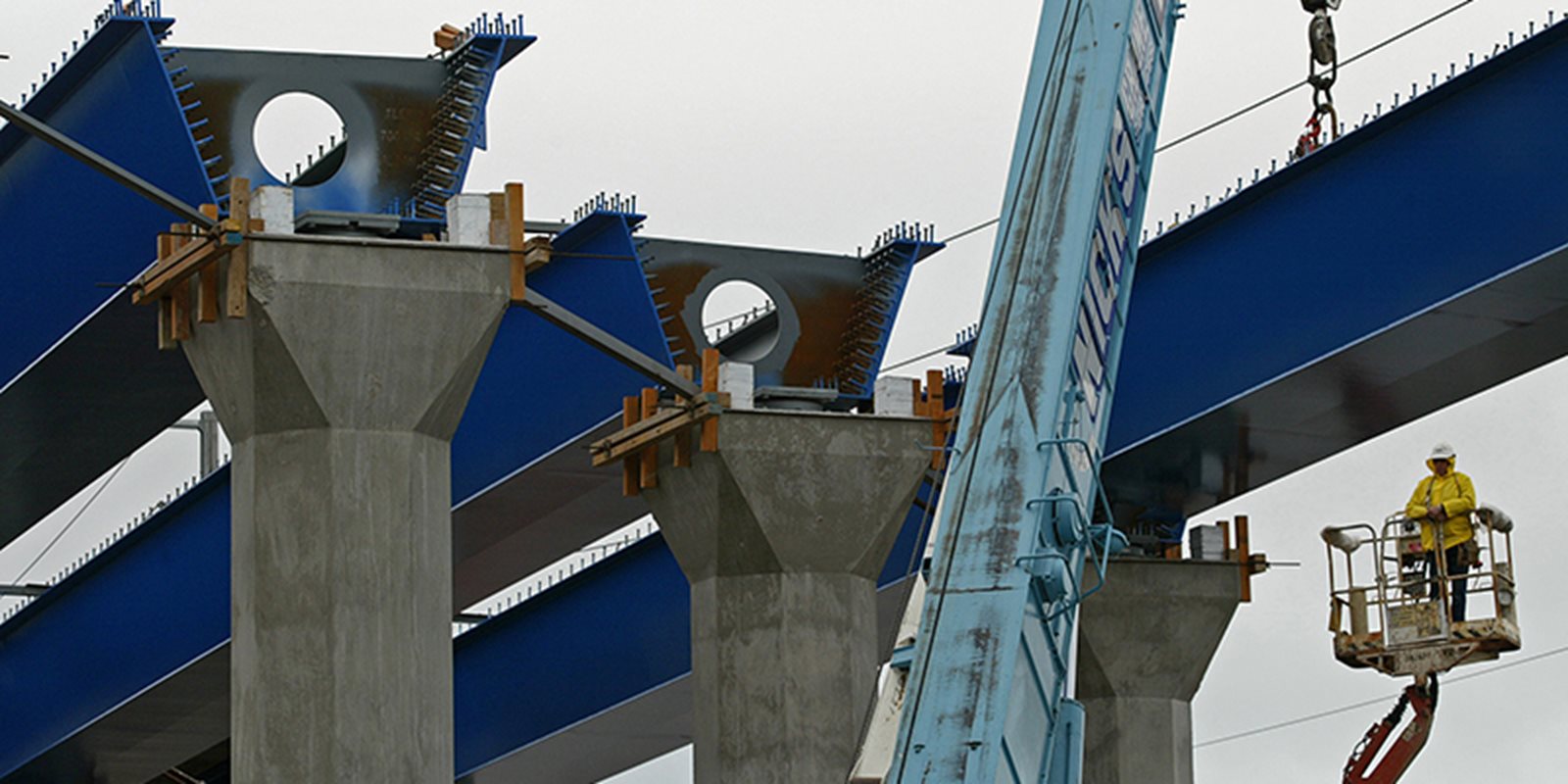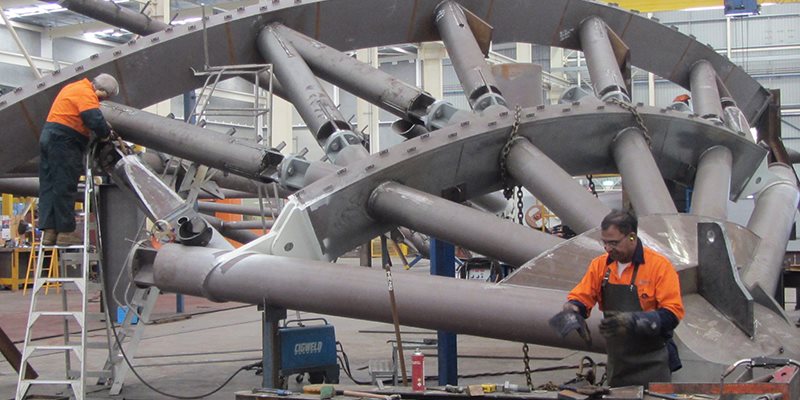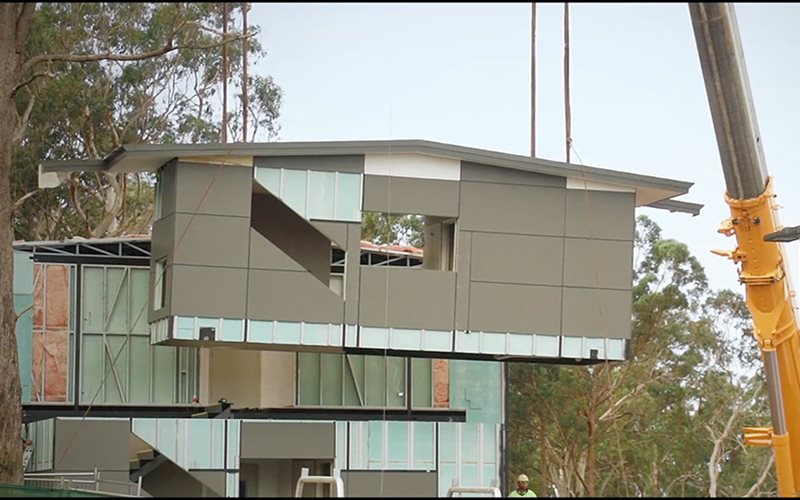

Prefabrication is the practice of assembling components of a structure in a workshop or other assembly facility before transporting to site for erection. Modular construction uses pre-engineered volumetric units that are installed on site as fitted-out and serviced ‘building blocks’.
Prefabrication of steel components has the advantages of:
minimising the extent of site work – the assembly of connections, in particular. With less labour required on site, construction speed and efficiency is increased and WHS incidents reduced
minimising the need for site welding. Site welding can be difficult to perform ensuring the requisite quality
minimising truck movements and logistical issues on-site, particularly for constrained inner-city developments
improved quality under workshop, rather than site, controls
reduced impact of weather on construction schedule.
.jpg?variant=HalfWidth)
Prefabrication can be of many different types and undertaken at many different scales, from fabrication of small components and sub-assemblies through to large welded and bolted assemblies requiring significant logistical challenge to transport to site. Standardised prefabrication of similar components is a feature of ‘flat-pack’-style solutions and modularisation.

Prefabrication and shop assembly of sports stadium roof structure. Courtesy Manuele Engineers.

Volumetric modular accommodation unit being positioned on site. Courtesy Charles Sturt University.
The use of modular construction is directly influenced by the client’s requirements for speed of construction, quality, added benefits of economy of scale, as well as single-point procurement. These benefits may be quantified in a holistic assessment of the costs and value of modular construction in relation to more traditional alternatives.
Light gauge steel framing is an integral part of modular construction as it is strong, lightweight, durable, accurate, free from long-term movement and is well proven in a wide range of applications. Modular construction is also widely used in the UK, Japan, Scandinavia and the USA, where light gauge steel framing is the primary structural medium and leads to flexibility in internal planning and robust architectural solutions.
There are also important opportunities for modular construction in extensions to existing buildings either by attaching serviced units to the side of buildings or by roof-top modules.
The benefits of modular construction include:
● reduced construction costs, especially when combined with economy-of-scale production
● significantly reduced construction time on site
● increased profitability of the industry due to economy of manufacturing scale
● increased site productivity
● greater certainty of completion on time and to budget
● much reduced wastage in manufacture and on site
● greater reliability and quality.
While more developed in a number of international markets, volumetric modular construction is an emerging focus area for the industry in Australia.